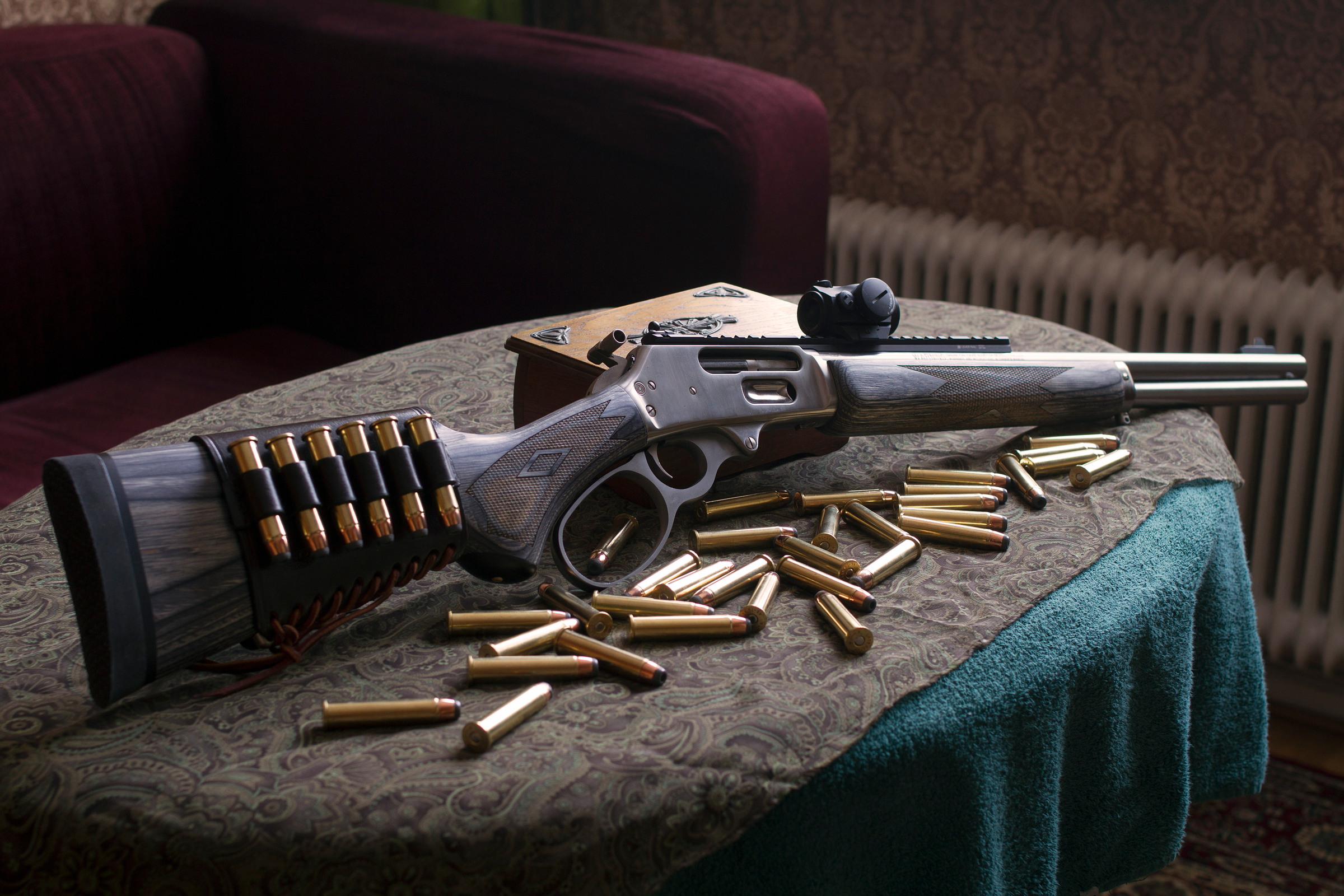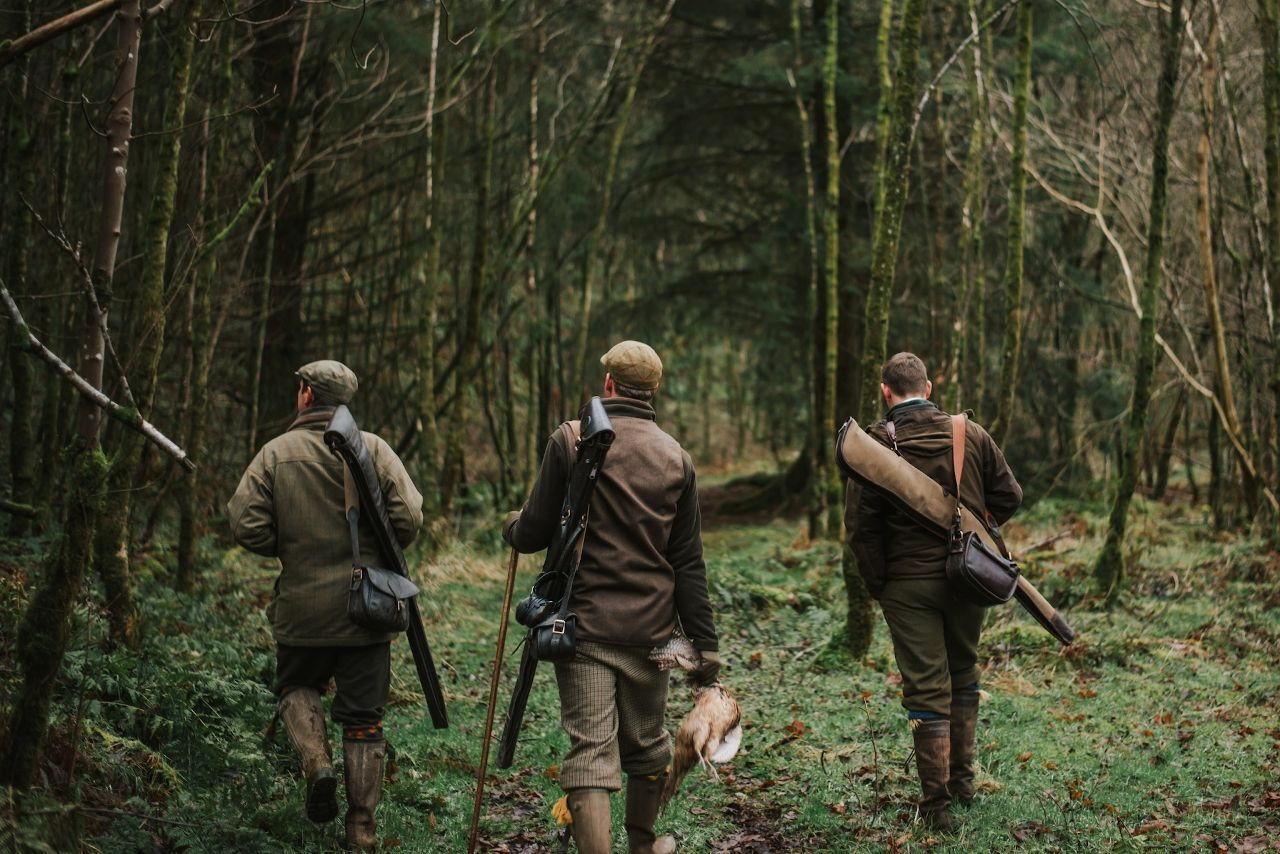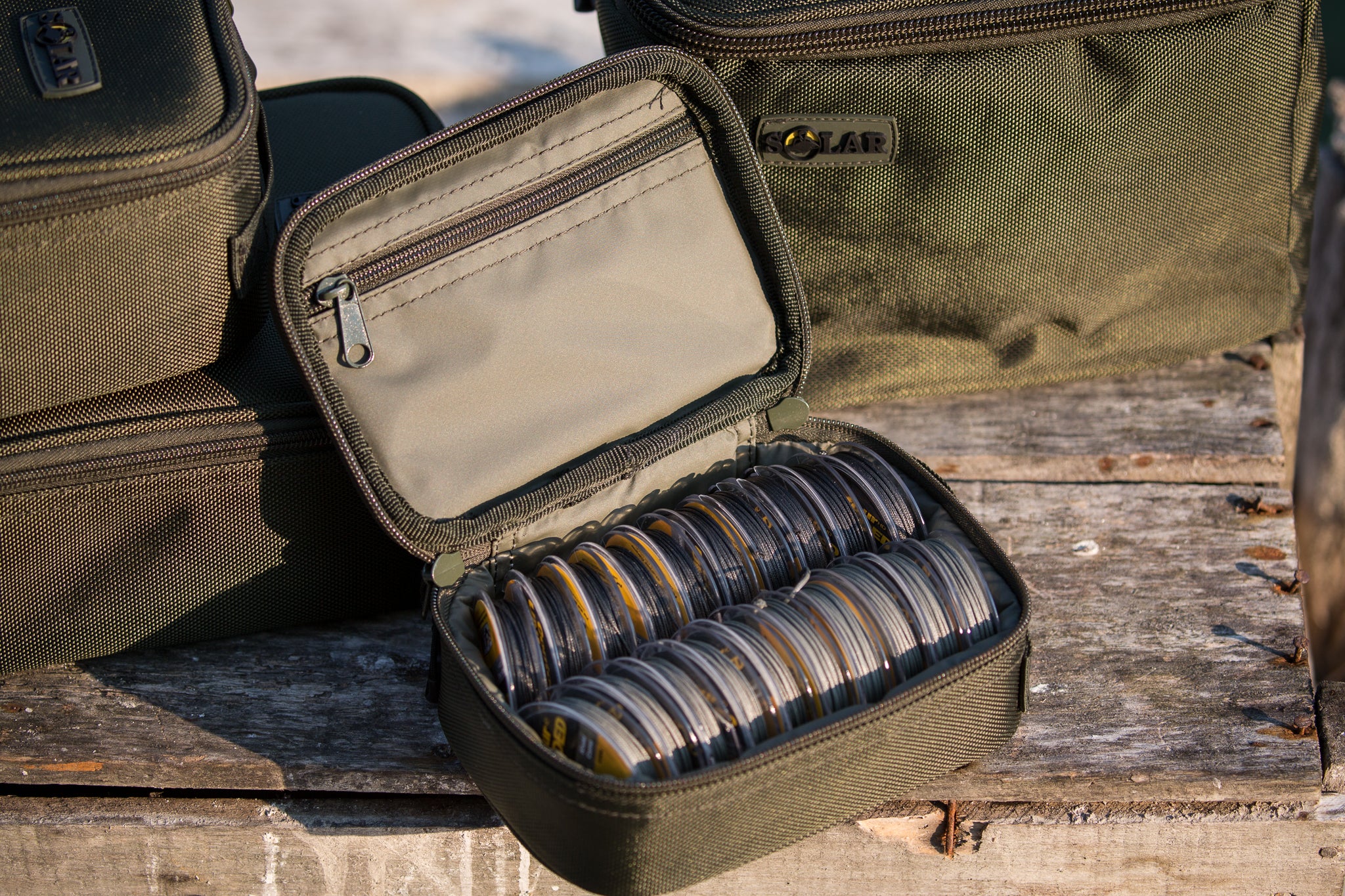Sling vs. waist bag for hunting: which one suits your style and terrain?
In the field, every piece of gear matters—and how you carry your essentials can make a major difference in both performance and comfort. When it comes to compact, hands-free options, sling bags and waist bags (also known as belt bags or fanny packs) are top contenders for hunters who value accessibility without bulk.
But which is better for your next hunt? It depends on terrain, mobility, and personal preference. Here’s a breakdown of sling vs. waist bags, so you can choose the best fit for your hunting style.
Sling vs. waist bag for hunting: which one suits your style and terrain?
1. Sling bag: streamlined and versatile
What it is:
A single-strap bag worn over the shoulder and across the chest or back.
Best for:
-
Hunting on the move (stalking, scouting, bowhunting)
-
Cross-body comfort on rugged trails or uneven terrain
-
Carrying gear with quick front access while keeping your hands free
Pros:
-
Ergonomic design distributes weight across your torso
-
Swings easily to the front for fast gear access
-
Often has more internal space than waist bags
-
Works well with layered clothing or jackets
Cons:
-
May shift if not tightened properly
-
Can interfere with shouldering a firearm or drawing a bow if bulky
-
Slightly more visible than waist-level storage in stealth hunting
Ideal terrain: Forests, hills, and open fields where mobility and gear access are critical.

2. Waist bag: compact and low-profile
What it is:
A bag worn around the waist, typically with a buckle and adjustable strap.
Best for:
-
Still hunting, tracking, or stationary shooting
-
Minimalist carry (ammo, knife, tags, calls)
-
Layering under outerwear for colder climates
Pros:
-
Keeps your upper body unrestricted
-
Stable and secure, even when crouching or crawling
-
Less interference with weapons or binocular harnesses
-
Easy to wear under or over outer layers
Cons:
-
Smaller capacity than sling bags
-
May restrict movement when seated or layered over thick clothing
-
Requires you to reach downward for access, which may be slower in action
Ideal terrain: Dense brush, blinds, or mountainous regions where discretion and lower-body accessibility are key.

3. Compare key features at a glance
| Feature | Sling Bag | Waist Bag |
|---|---|---|
| Comfort on the move | ✔✔✔ (great for active movement) | ✔✔ (best for light, balanced loads) |
| Quick access | ✔✔✔ (swings to front) | ✔✔ (hands stay low and steady) |
| Capacity | ✔✔✔ (more compartments) | ✔ (lean and compact) |
| Stealth | ✔✔ (may be bulkier on top) | ✔✔✔ (low-profile under outerwear) |
| Weapon compatibility | ✔ (may interfere with shoulder straps) | ✔✔✔ (clear upper body for draw/shoulder) |
| Weather adaptability | ✔✔✔ (good over layers) | ✔✔ (ideal under coats or rain shells) |
4. Which bag suits your hunting style?
Choose a sling bag if you:
-
Are on the move for hours or covering lots of terrain
-
Want a tactical feel with space for gear like gloves, game calls, or GPS
-
Prefer cross-body convenience with larger storage
Choose a waist bag if you:
-
Hunt from blinds or treestands
-
Travel light and prioritize minimal movement noise
-
Want a discreet, body-hugging fit for dense terrain
Final thought: function first, style follows
Your choice between a sling and a waist bag comes down to functionality, terrain, and comfort. Sling bags offer a bit more space and movement flexibility, while waist bags keep things light, stealthy, and accessible without obstructing your upper body.
In the end, the best option is the one that lets you focus on your hunt—not your gear.























